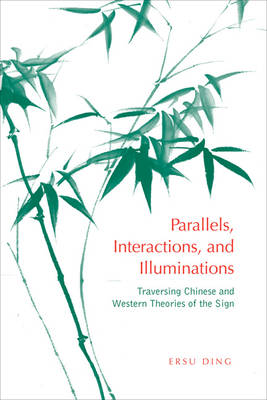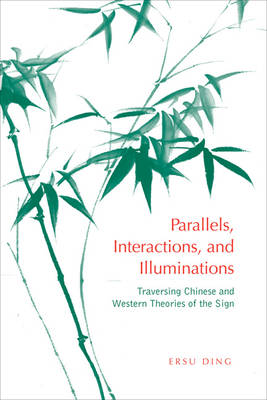
- Retrait gratuit dans votre magasin Club
- 7.000.000 titres dans notre catalogue
- Payer en toute sécurité
- Toujours un magasin près de chez vous
- Retrait gratuit dans votre magasin Club
- 7.000.0000 titres dans notre catalogue
- Payer en toute sécurité
- Toujours un magasin près de chez vous
Parallels, Interactions, and Illuminations
Traversing Chinese and Western Theories of the Sign
Ersu DingDescription
The first major work in Sino-Western comparative semiotics, Parallels, Interactions, and Illuminations is a trans-disciplinary and intercultural effort that makes intellectual connections not only across such diverse academic fields as epistemology, anthropology, linguistics, sociology, and cultural studies but also between Chinese and Western theories of the sign in the conviction that they can shed light on one another.
In this groundbreaking work, Ersu Ding studies two traditions of semiotic realism, represented by Plato and Husserl in the West and by Mo Zi and Ouyang Jian in China. They share two fundamental assumptions with regard to meaning: that there exist ultimate qualities of things and states of affairs in the extrasemiotic world and that the meanings of words or other types of sign are derivatives of these essentials. A pioneering work that remains extraordinarily accessible, Parallels, Interactions, and Illuminations explores a wide range of issues, including inter-subjective negotiation of meaning, the relationship between metaphor and culture, and the production and dissemination of myths.
Spécifications
Parties prenantes
- Auteur(s) :
- Editeur:
Contenu
- Nombre de pages :
- 216
- Langue:
- Anglais
- Collection :
Caractéristiques
- EAN:
- 9781442640481
- Date de parution :
- 15-11-10
- Format:
- Livre relié
- Format numérique:
- Genaaid
- Dimensions :
- 152 mm x 229 mm
- Poids :
- 476 g







